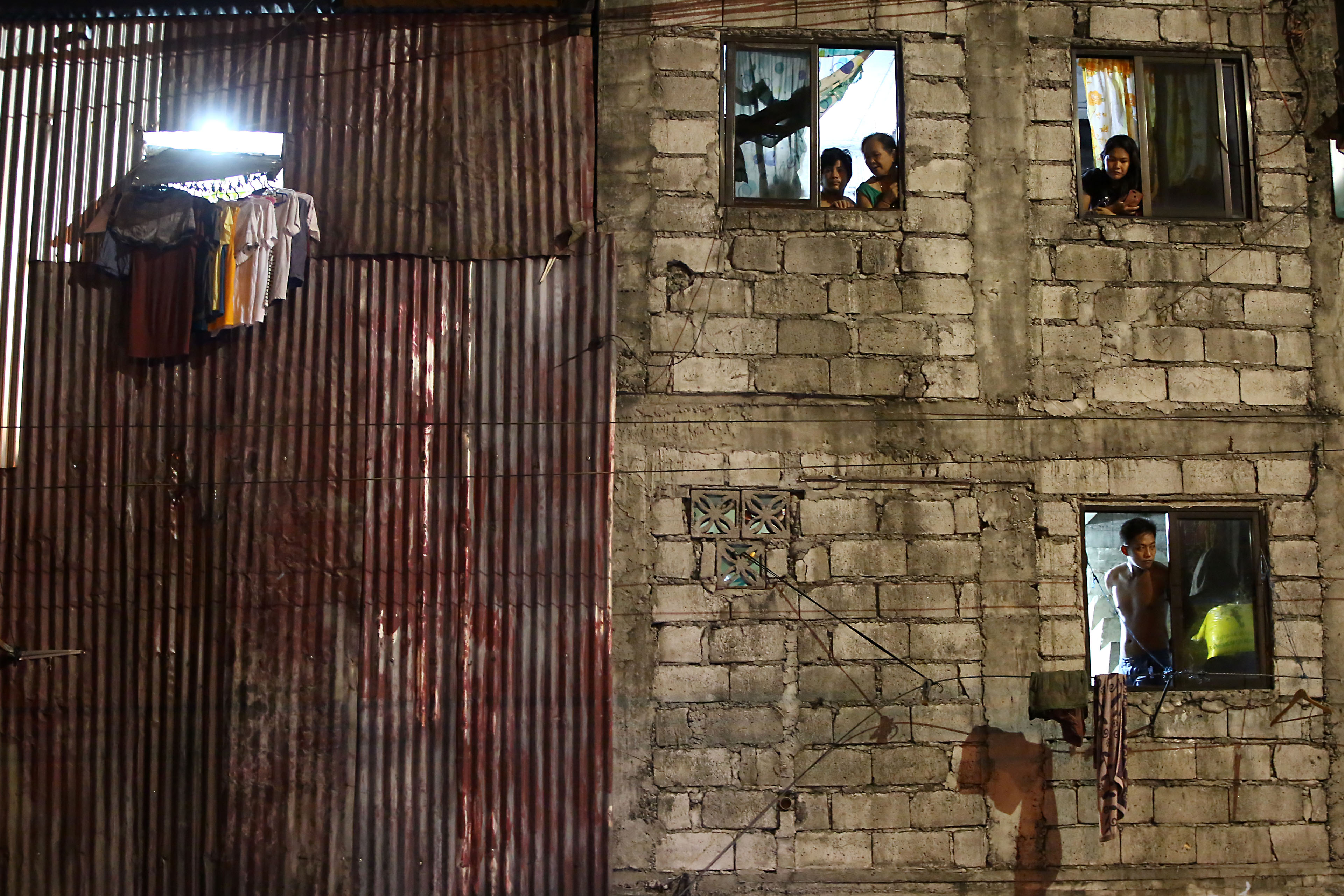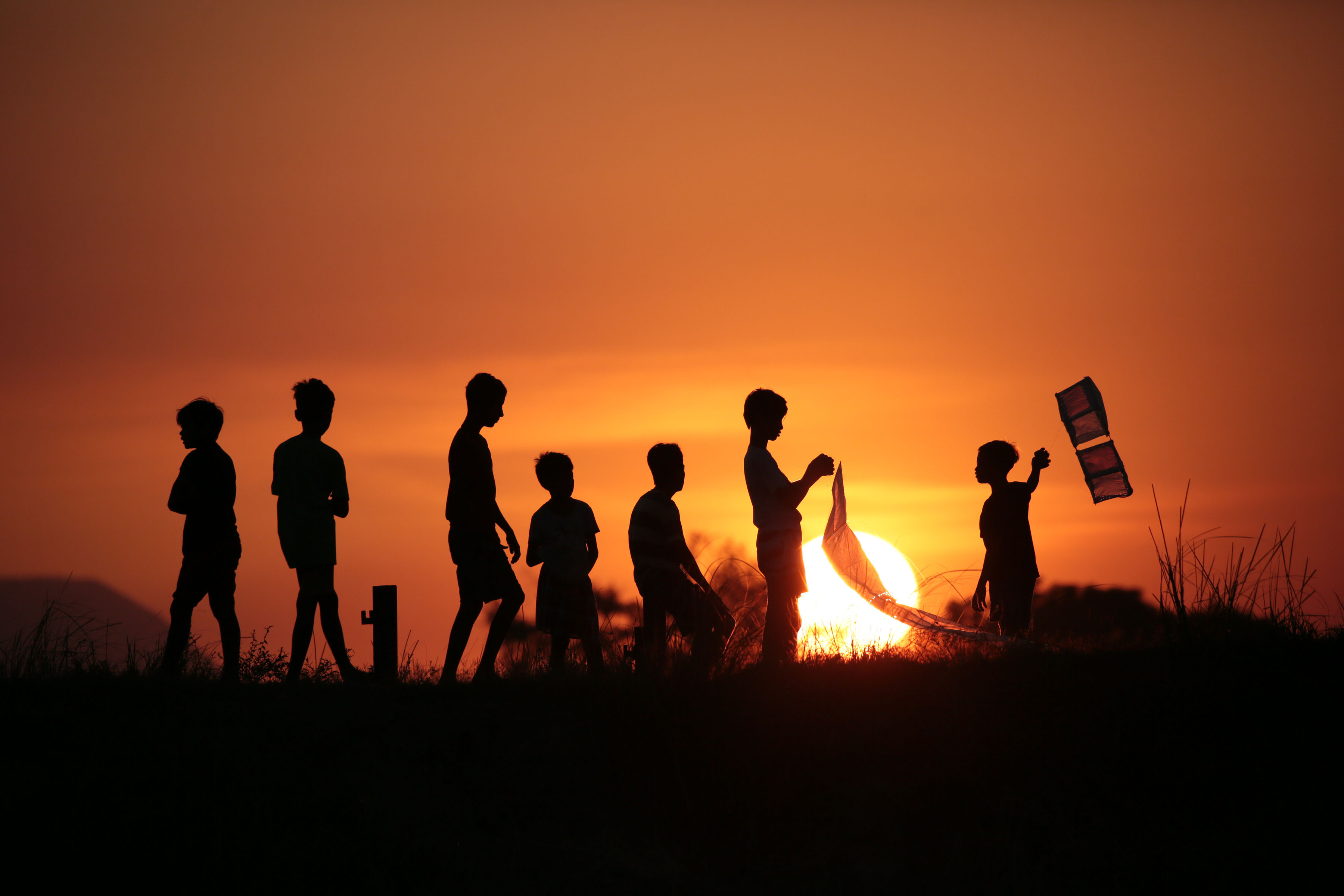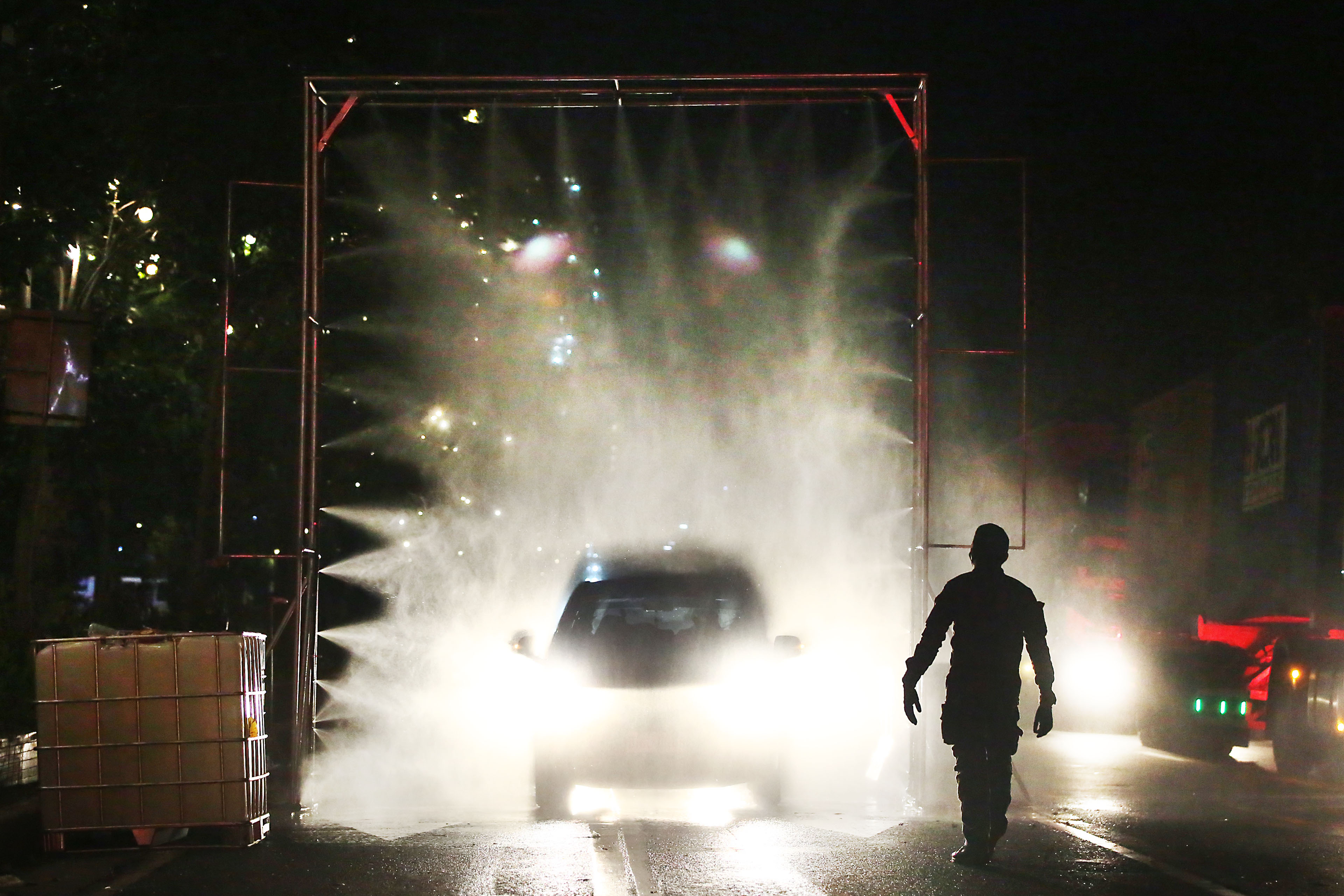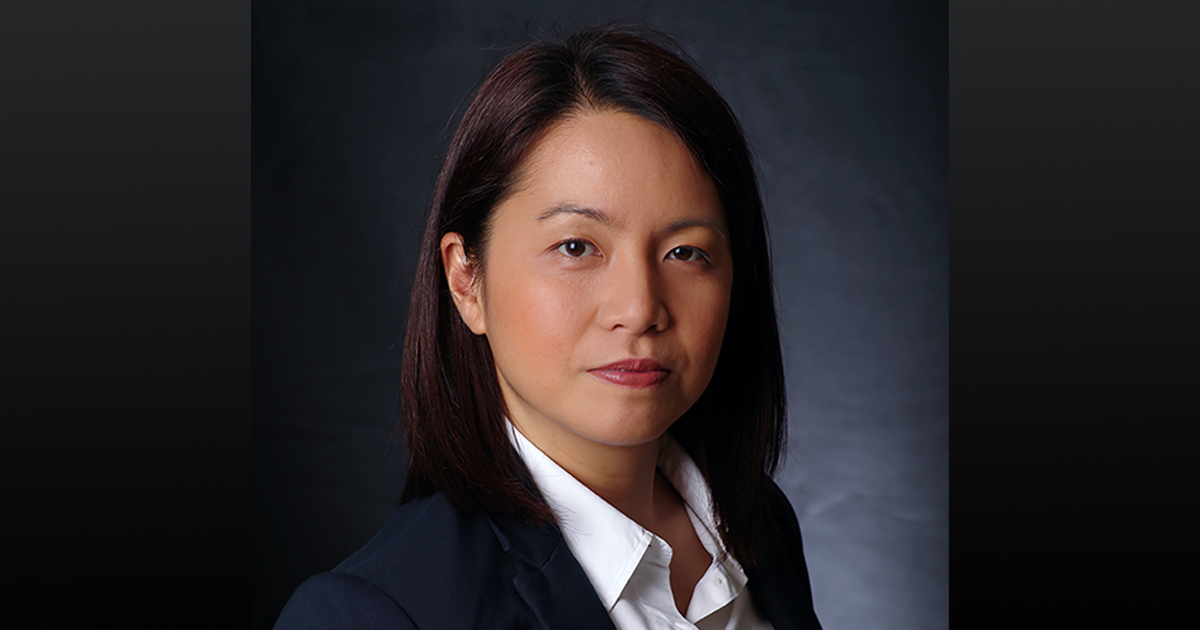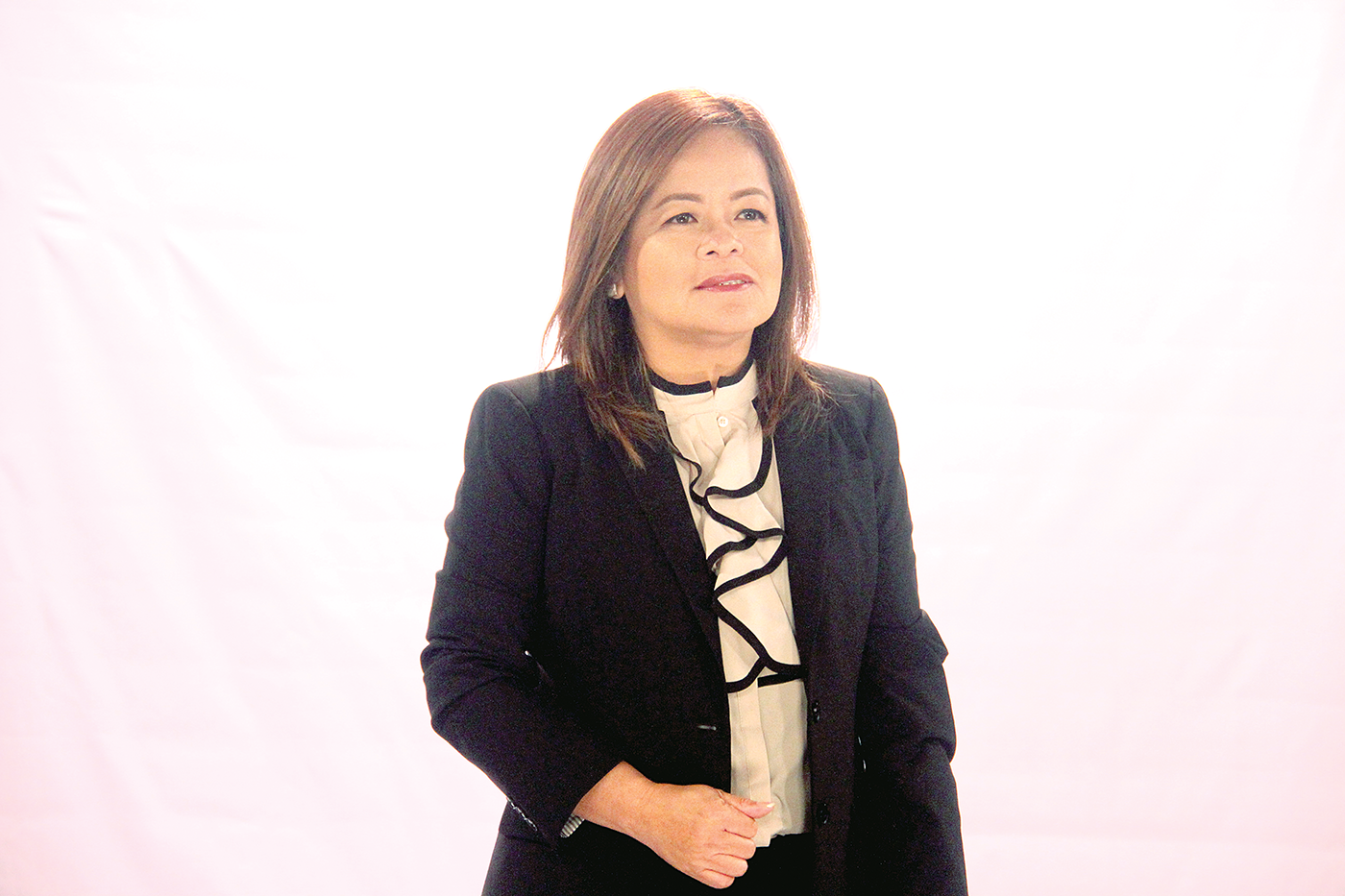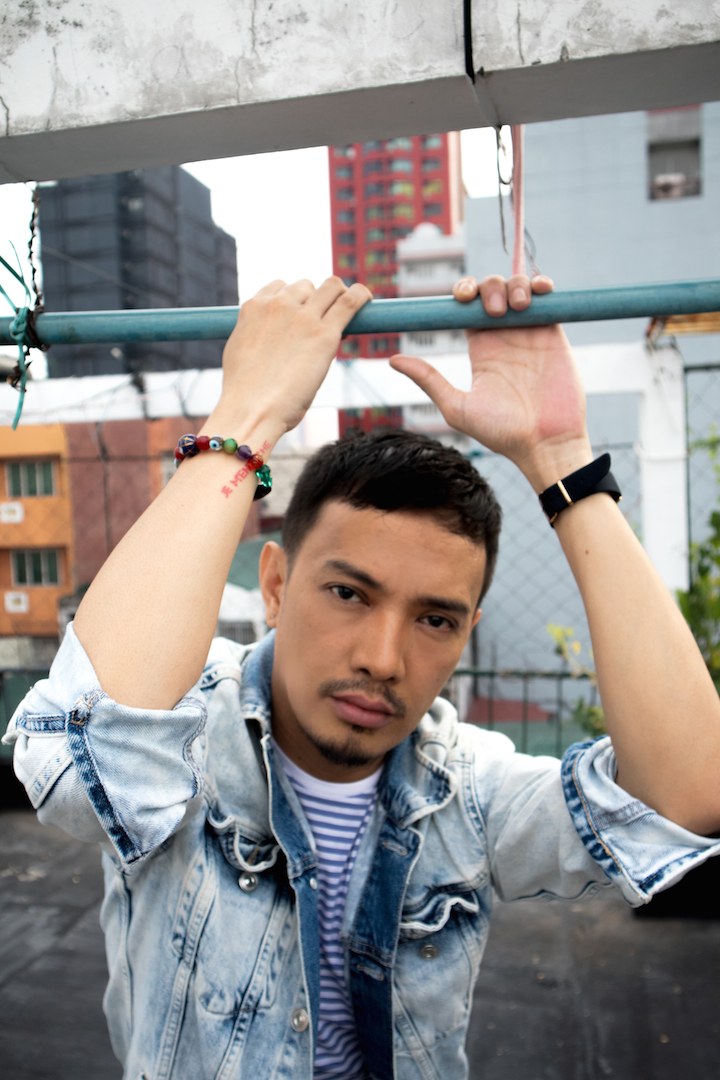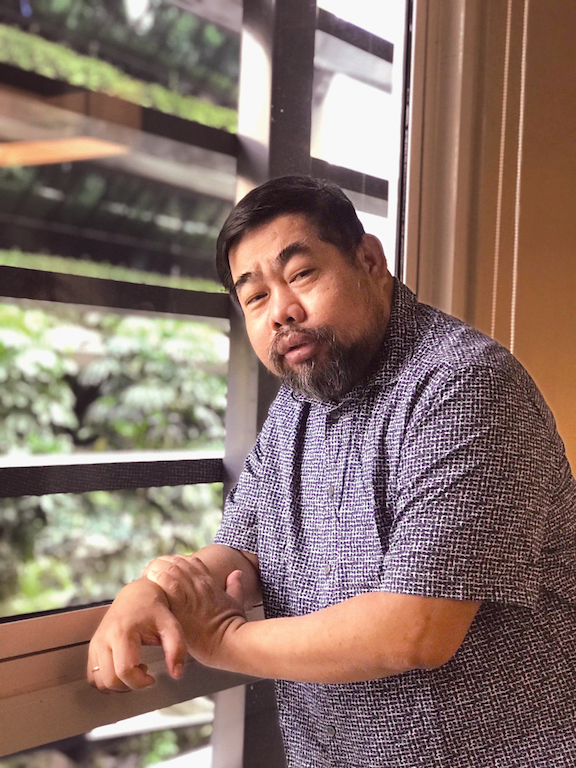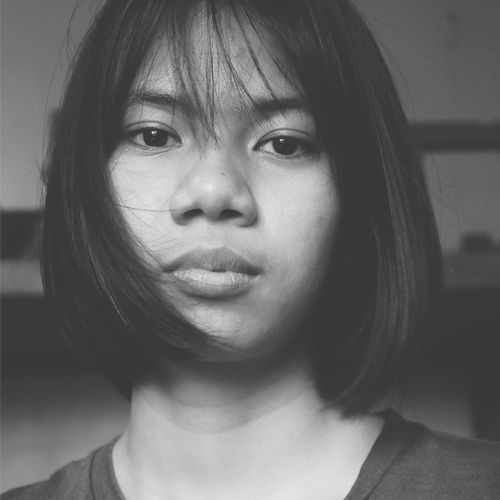The Philippine STAR’s photojournalists have seen and covered it all — the drug war that has killed more than 27,000 people, including children, typhoons and volcanic eruptions that wiped out entire towns, earthquakes that swallowed entire villages, massacres, hostage situations, floods and fires, labor strikes — and revolutions.
But not a single one of our photographers in the field was prepared to see the kind of ruin that emptied the streets of Metro Manila and the rest of the country due to COVID-19.
On particularly crazy-traffic days on EDSA or Roxas Boulevard, STAR’s front page would run above-the-fold photos of kilometers-long gridlocks. During the ECQ, our photographers were sending the news desk drone photos of an empty EDSA, Roxas Boulevard and SLEX.
It was, to put it mildly, a surreal picture — even to photographers that had seen it all.
As the newsroom continued functioning on a skeleton editorial staff, our news photographers were deployed to chronicle the lockdown in various cities. They witnessed borders in chaos as people tried to leave or enter Metro Manila, and overwhelmed hospitals as they struggled to take care of infected patients.
While the empty malls and business districts were the images of a devastated economy, it was the faces of people, etched with despair and frustration, that represented the human toll of the coronavirus. They saw heart-wrenching scenes of the prolonged emotional traumas people were — and still are — undergoing: Aetas walking the length of NLEX, chairs put outside shanties with residents waiting to receive relief goods that sometimes did not arrive, frontliners in emergency rooms, military personnel manning checkpoints under the summer heat, and bursts of violence between the authorities and people violating ECQ rules.
